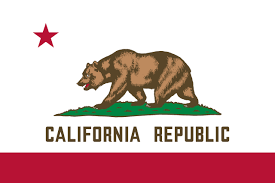CVC 21703: Basic Speed Law
California Vehicle Code (CVC) Section 21703 deals with the basic speed law in California. This law sets a general speed limit that drivers must not exceed unless specific conditions allow for a higher or lower speed. Here's an explanation of CVC 21703:
CVC 21703 - Basic Speed Law:
-
General Requirement (Subsection (a)):
- Subsection (a) of CVC 21703 establishes the basic speed law in California. It states that no person shall drive a vehicle upon a highway at a speed greater than is reasonable or prudent, having due regard for weather, visibility, traffic, road conditions, and the use of the road. In other words, drivers must adjust their speed to match the current conditions to ensure safe driving.
-
Lower Speeds (Subsection (b)):
- Subsection (b) specifies that a driver must reduce their speed when necessary for safety, even if they are driving at or below the posted speed limit. For example, drivers should slow down in heavy traffic, when approaching intersections, or when road conditions are adverse (e.g., rainy or foggy weather).
-
Higher Speeds (Subsection (c)):
- Subsection (c) allows drivers to exceed the posted speed limit when it is safe to do so. This can occur when overtaking and passing another vehicle on a two-lane highway or when driving at a speed necessary to maintain the legal maximum speed on a multi-lane highway.
-
Penalties for Violation (Subsection (d)):
- Violating CVC 21703 by driving at an unreasonable or imprudent speed for the current conditions can result in traffic citations, fines, and potential points on your driver's license, depending on the extent of the violation.

DontPayTickets.com
Fight Back California Traffic Violations and Tickets

